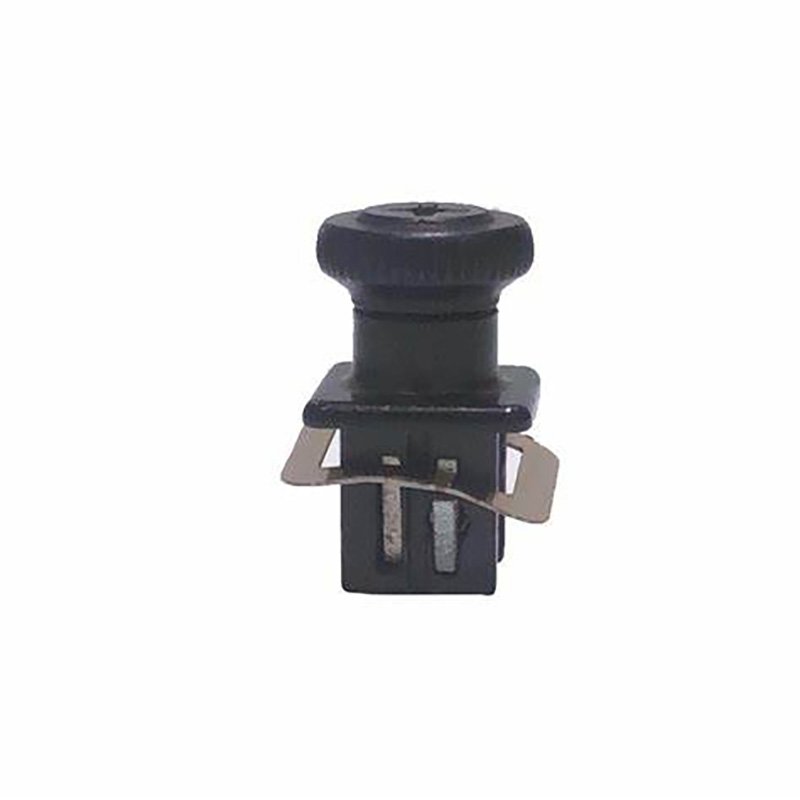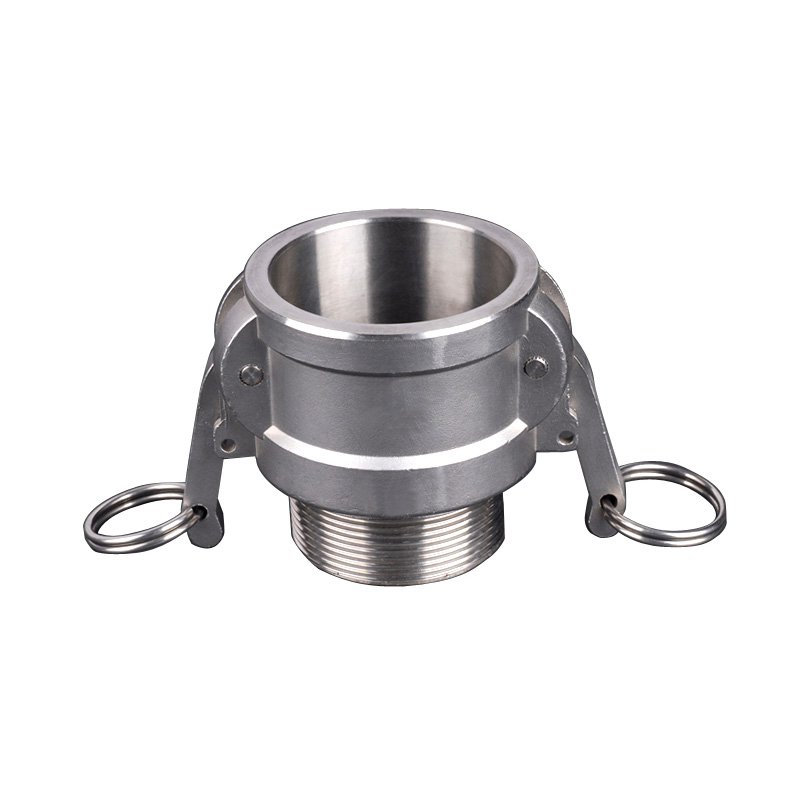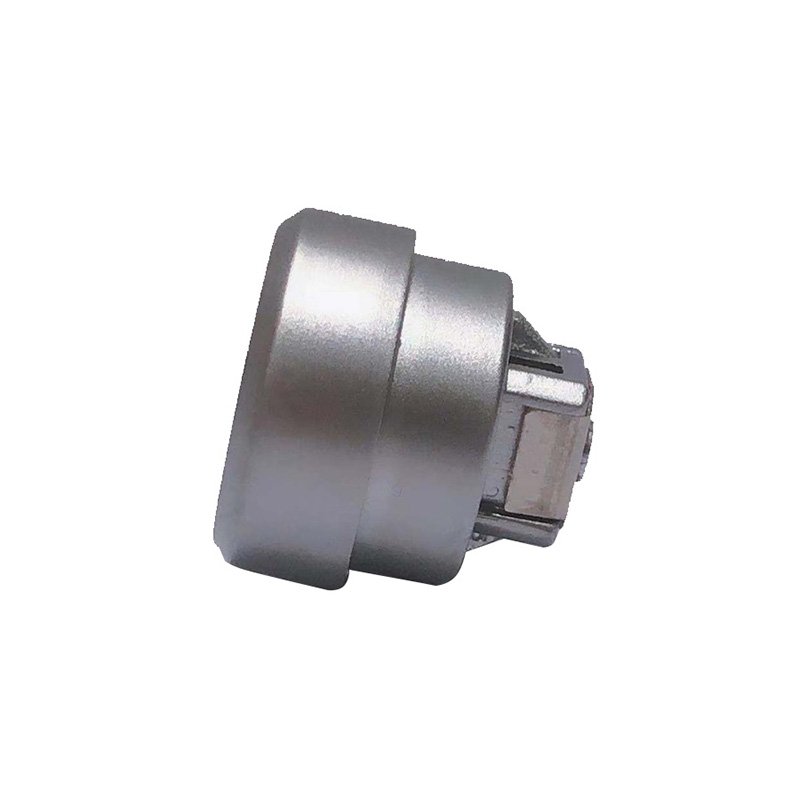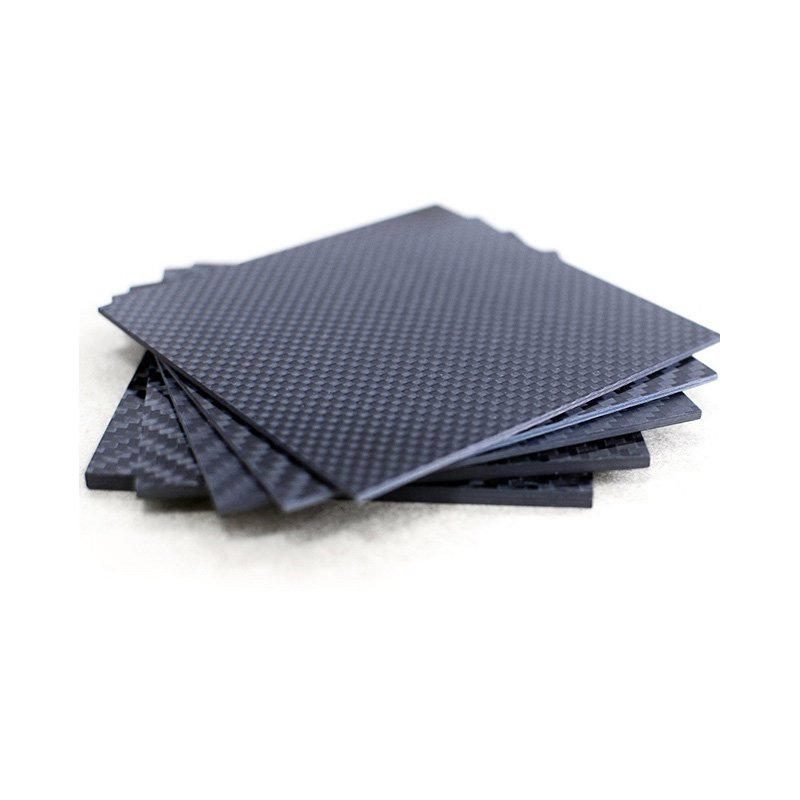Small parts are fundamental components in mechanical, electrical, and structural systems, playing a critical role in ensuring functionality, precision, and reliability. These components, often overlooked due to their size, are essential for the assembly and operation of everything from consumer electronics to industrial machinery. This article provides a detailed overview of small parts, their types, applications, and key considerations for selection and use, based on real-world data and examples.
What Are Small Parts?
Small parts refer to a wide range of miniature components used in engineering and manufacturing. These include fasteners, washers, pins, spacers, and other hardware that are typically less than a few centimeters in size. Despite their small dimensions, these parts are crucial for securing, aligning, and spacing components in assemblies.
Key Features of Small Parts
- Precision: Designed to meet tight tolerances for accurate assembly.
- Versatility: Used in a wide range of industries and applications.
- Durability: Made from materials like steel, stainless steel, aluminum, and plastic to withstand various conditions.
- Functionality: Perform critical roles such as fastening, alignment, and load distribution.
 Types of Small Parts
Types of Small Parts
Small parts come in a variety of designs to suit different applications. Below are some of the most common types:
1. Fasteners
- Design: Include screws, bolts, nuts, and rivets for securing components.
- Applications: Used in construction, automotive, electronics, and machinery.
2. Washers
- Design: Flat or collar washers for load distribution and spacing.
- Applications: Prevent loosening and provide alignment in assemblies.
3. Pins
- Design: Dowel pins, cotter pins, and spring pins for alignment and retention.
- Applications: Used in machinery, automotive, and aerospace for precise positioning.
4. Spacers
- Design: Cylindrical or hexagonal components for maintaining consistent spacing.
- Applications: Ensure proper alignment in electronic and mechanical assemblies.
5. Retaining Rings
- Design: Circular clips for securing components on shafts or in bores.
- Applications: Used in automotive, aerospace, and industrial machinery.
Applications of Small Parts
Small parts are used across a wide range of industries and applications, including:
1. Automotive
- Example: Secure and align components in engines, transmissions, and chassis.
2. Aerospace
- Example: Ensure precise alignment and secure fastening in aircraft structures and systems.
3. Electronics
- Example: Secure circuit boards, connectors, and housings in electronic devices.
4. Industrial Machinery
- Example: Provide alignment and spacing for gears, bearings, and shafts.
5. Consumer Goods
- Example: Used in the assembly of appliances, furniture, and toys.
Selection Criteria for Small Parts
When selecting small parts, consider the following factors:
1. Material
- Steel: Offers high strength and durability for heavy-duty applications.
- Stainless Steel: Provides corrosion resistance for harsh environments.
- Aluminum: Lightweight and ideal for applications requiring reduced weight.
- Plastic: Suitable for non-conductive or lightweight applications.
2. Load Capacity
- Static Loads: Ensure the part can handle the weight of the components.
- Dynamic Loads: Consider the forces exerted during operation, such as vibration or impact.
3. Dimensions
- Size: Choose parts with the appropriate dimensions for the application.
- Tolerances: Ensure the parts meet the required dimensional and geometric tolerances.
4. Environmental Conditions
- Corrosion Resistance: Select stainless steel or coated parts for outdoor or corrosive environments.
- Temperature: Choose materials that can withstand the operating temperature range.
5. Application Requirements
- Alignment: Ensure the part provides the required level of precision for the application.
- Spacing: Choose parts with the appropriate thickness for consistent spacing.
Installation and Maintenance Tips
1. Installation
- Alignment: Ensure the part is properly aligned with the fastener and components.
- Torque: Use the recommended torque settings to avoid over-tightening or under-tightening.
2. Maintenance
- Inspection: Regularly check for signs of wear, deformation, or corrosion.
- Replacement: Replace damaged or worn parts to maintain assembly integrity.
Common Issues and Solutions
1. Loosening
- Issue: Fasteners may loosen under vibration or load.
- Solution: Use locking washers or thread-locking adhesives for better retention.
2. Corrosion
- Issue: Steel parts may corrode in humid or corrosive environments.
- Solution: Use stainless steel or coated parts for better corrosion resistance.
3. Misalignment
- Issue: Improper alignment can reduce the effectiveness of the part.
- Solution: Use alignment pins or shouldered washers for precise alignment.
Conclusion
Small parts are indispensable components in precision engineering and assembly, providing secure fastening, alignment, and spacing for a wide range of applications. By understanding the different types, selection criteria, and maintenance practices, you can ensure optimal performance and longevity of your assemblies. Whether you’re working in automotive, aerospace, or electronics, small parts are a critical part of your success.








